Commercial waters are packed with huge perch - feeding on the endless supply of silverfish. The result is they’re getting bigger and bigger. Mick Cutler shows you how to catch one of these magnificent creatures…
The next time you cast into your local commercial lake just remember that the hookbait may land within a few feet of a British Record Fish.
Yes, you did read that correctly. The fact is that the majority of modern lakes have the potential to throw up a historic perch.
The past three record perch have come from small commercial waters and the good news is these fish are getting bigger and more numerous.
With most managed fisheries being devoid of pike, perch are the ‘top dog’ in the predatory food chain. They grow fat as they binge on the masses of fry and small silverfish produced in these prolific fisheries. We are currently enjoying Britain’s golden age of perch fishing.
To ensure you cash-in on this accessible source of specimen fish we’ve sought the help of perch expert Mick Cutler.
Mick (49), has pursued big perch since 1985 and has a personal best of 5lb 1oz along with lots of 3lb and 4lb fish. Many of these specimens have been caught at public access lakes that anyone could fish.
Giant perch are NOT the preserve of exclusive, expensive syndicates. Taking us to a typical two acre club water, the Maidstone angler agreed to reveal his perch secrets.
These gems have evolved over years of trial and error and he’s kept them hush-hush, until now...
THE RECORD PERCH STORY
The British perch record has changed three times in the past 20 years, on each occasion it has been caught at a small, day ticket or club fishery.
In 1985, John Shayler became the first angler to break the 5lb barrier when he landed a 5lb 9oz fish from Furnace Pond, in Kent.
In April 2002, 11-year-old Dean Rawlings set a new record when he landed a giant of 5lb 9oz 8dr while fishing for carp at a tiny Oxfordshire commercial pool.
As IYCF recounted in this October’s issue (see ‘Moments and Heroes’ page 136), this capture was made even more special as Dean was actually winding in his maggot-baited waggler rig when the giant took it!
Finally, in February this year, Les Brown from Washington, Sussex, landed a 5lb 15oz fish while legering maggots at a local two acre day ticket fishery.
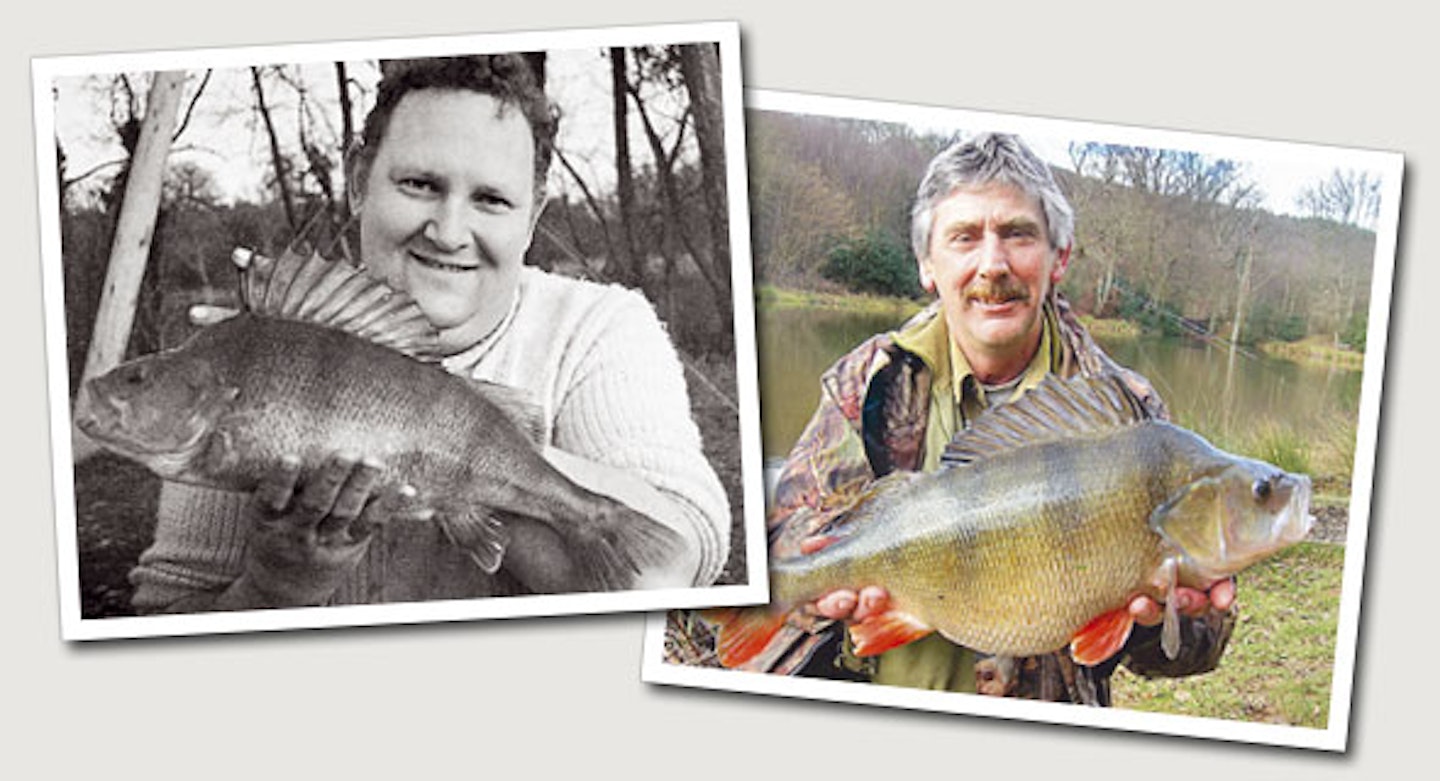
LEFT: Britain's first 5lb perch in John Shayler's hands. RIGHT: In February Les Brown showed how big day ticket perch can grow.
WHY TARGET SPECIMEN PERCH IN SMALL WATERS?
As the past three record breakers have all come from small waters, this question seems moot. But, why are these environments so prolific when it comes to monster perch?
“Simply stated, small muddy commercial carp waters provide the perch with the perfect growth environment,” explained Mick.
“The great thing about small carp pools is they are stuffed full of stunted silverfish and small match carp that spawn prolifically. This provides the perch with an abundance of food – either small roach or carp fry.
“The majority of commercial carp waters don’t contain any pike, so the perch are at the top of the food chain.
“In essence, these fish are the only predators, so they are basically living their lives like Roman Emperors! All they do all day is swim, eat and make little perch,” he enthused.
Similar to pike, perch thrive on neglect. Anglers rarely target them and this helps them achieve colossal weights in unmolested surroundings.
In short, these public fisheries provide the perfect habitat for producing monster perch.
AREAS TO TARGET
A voracious predator, perch are actually inherently lazy feeders.
“The bigger they get, the less likely they are to chase baits gung-ho style around the swim,” Mick explained.
“The smaller perch – those below 1lb – are fairly active, chasing fry and bait fish all over, but once they get above this weight, they tend to get really sneaky.”
Specimen perch are like ninjas, stealthily ambushing their chosen quarry from well-camouflaged lairs. When looking to catch big perch, target any features in, or around the edge of, a small pool.
Overhanging or fallen trees, reed beds or dead lilies all provide the perfect places for perch to launch an attack, as their green and black bodies blend into the background. From February through to
April – depending upon the water temperature – perch will also be located in any shallow areas. These are the places where they spawn.
At other times of the year, they will drop into deeper water, where there is less light penetration. Water that’s six to eight feet deep is perfect.
In these dimly lit spots the perch has its greatest advantage over prey as it can use its brilliant eye sight, which is better than almost every other coarse fish, to attack unsuspecting targets.
WEATHER CONDITIONS
Overcast, low barometric pressure and a light drizzle are very good conditions for perch fishing.
However, the main consideration when perch fishing is light intensity. Like all predators, perch have large eyes and extremely good eyesight that they use as their primary weapon.
Perch hate bright light. Not only does it help prey fish spot an attack more easily, but it also makes it harder for the perch to hide, negating the element of surprise.
“Perch are devious. If prey fish can see them, they have to waste more energy chasing their meal,” said Mick “Younger, smaller fish are more prepared to chase, but the larger, more experienced specimens – 2lb plus - won’t waste their time. It is a case of effort versus reward.”
Light levels are one of the reasons commercial pools are so good for perch as the quantity of bottomfeeding species, like carp, tench and bream, stir up the bottom making these waters permanently murky.
“On these venues, a bite can come almost anytime, however, I’m always most confident during the half-hour either side of sunset,” Mick said.
“For some reason, you never get many bites at dawn, it’s always dusk that produces the most runs, making them quite a fisherman-friendly fish.
“If the day is set to be bright, sunny and clear, I still go perch fishing but I won’t set off too early. I get to the lake at noon then fish until dark.
“I’m not saying you won’t catch perch during the night, but in my experience the sport is so slow that it hardly seems worth it,” he continued.
KICKING OFF THE SWIM
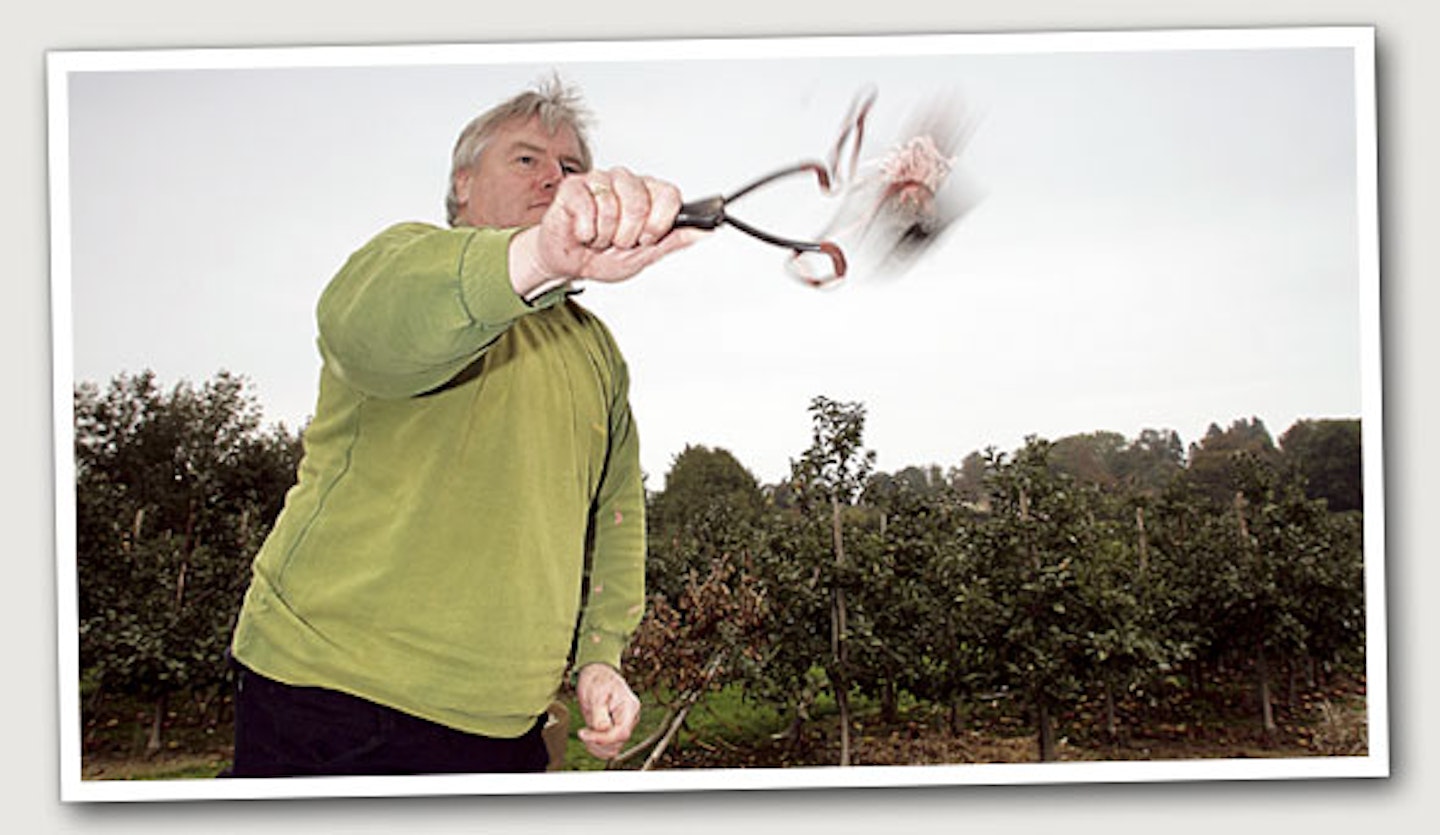
Mick catapults out a pouchful of red maggots
Once at his chosen swim Mick uses a two rig attack - one based on the use of worms the other using a livebait.
The first thing Mick does is break out a waggler rod: “As it is illegal to transport live fish from one water to another I spend the first hour float fishing for small livebaits,” he said.
“This serves two purposes. Firstly, it allows me to get bait in the water, attracting prey fish into the area that I’m planning to target for the day.
“Secondly, it gives me a handful of livebaits to use.”
When it comes to kicking off the swim ready for his perch rods going in, Mick has two approaches.
“My normal tactic is to fire out three pouchfuls of red maggots and two pouchfuls of Hinders 3mm betaine pellets over each rod.
“It attracts the small prey fish and this creates interest from the perch. I’ll then set up my two rods – one with a worm hookbait and one with a livebait. By the time I’ve done this, the swim is primed and ready to go.”
To continue drawing fish into his peg, Mick fires three half lobworms and a pouchful of red maggots over both rods, then a pouchful of betaine pellets every 30 minutes.
“I like betaine pellets as they kick out loads of fish oil, but they’re not as natural as maggots and worms,” he continued.
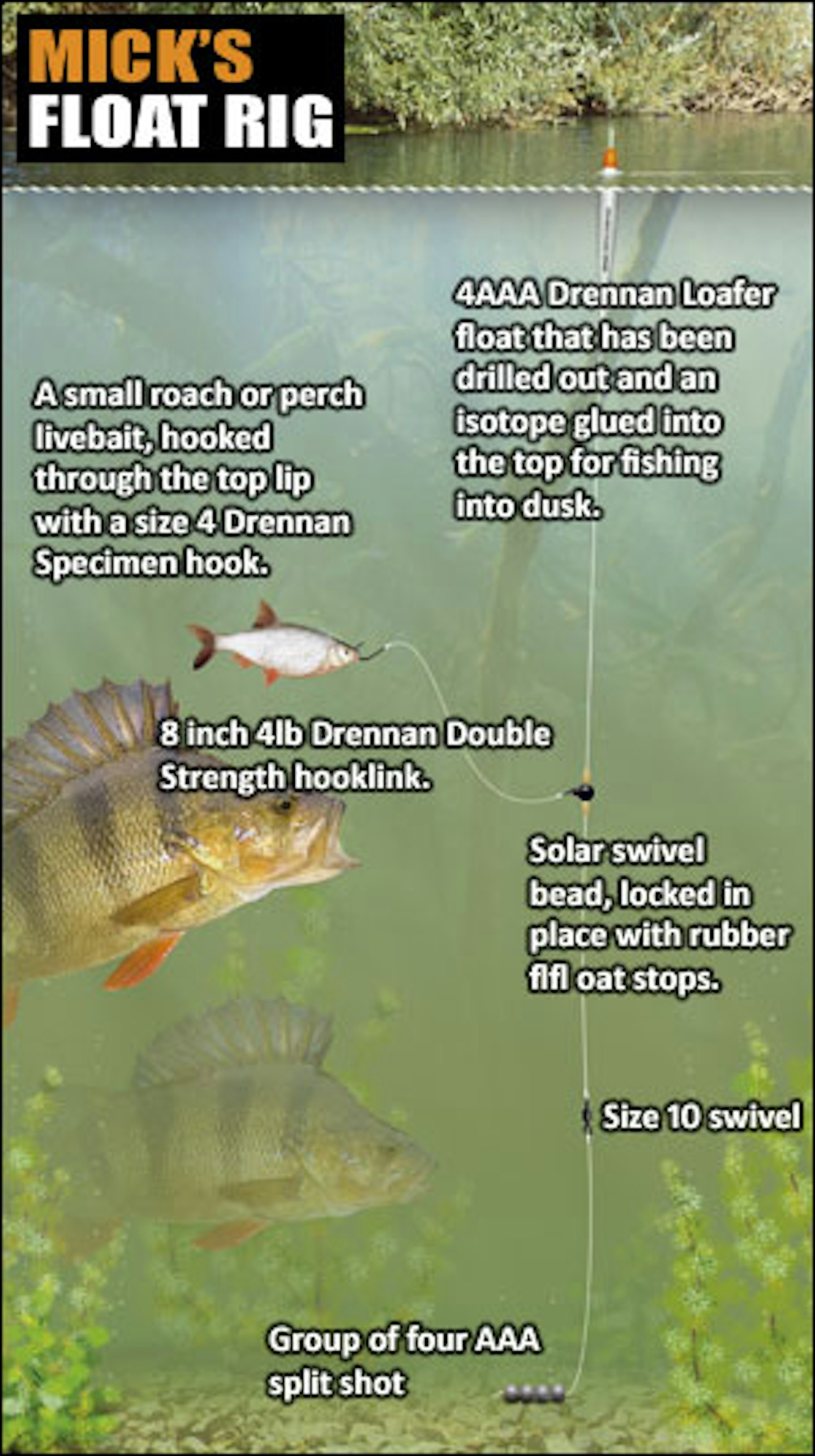
RIG CHOICE
Mick uses two rigs when perch fishing – a float and a leger rig.
The float rig (below) comprises of a 4AAA Drennan Loafer, attached with float rubbers at the top and bottom.
“It’s better to set up the float stick float style – rubbers top and bottom – rather than bottom only like a waggler, as it cuts down on the resistance felt by a taking fish.
“Float rigs are always my first choice as they give little resistance to the taking fish – perch hate resistance and will instantly drop the bait if they feel something.”
Below the float, Mick has a float stop, a swivel bead and another float stop. This creates a paternoster that allows the livebait to swim naturally.
“The bottom float stop enables me to position the bait at a certain level,” explained Mick.
If livebaiting is not your thing, Mick also catches lots of big perch using a leger rig (see previous page) baited with worms.
His rig consists of a 1oz leger that is stopped from falling onto the hooklink with a bead.
The hooklink is made with 4lb Drennan Double Strength line and a size 8 Drennan Specimen hook.
“A 20 inch hooklink is a good length. It gives the perch enough ‘rope’ to hang itself, but not enough to result in a deeply hooked fish,” Mick said.
When legering, Mick prefers to use lobworms on the hook: “I fish two halves, hooking them at the broken end, where the juices are escaping.
“The hookbait is then tipped off with red maggot to provide a splash of colour and movement,” he added.
“To reduce resistance I use a bottle top bite indicator. I’ve tried carp indicators, but even the lightest ones are too heavy, perch drop the bait.”
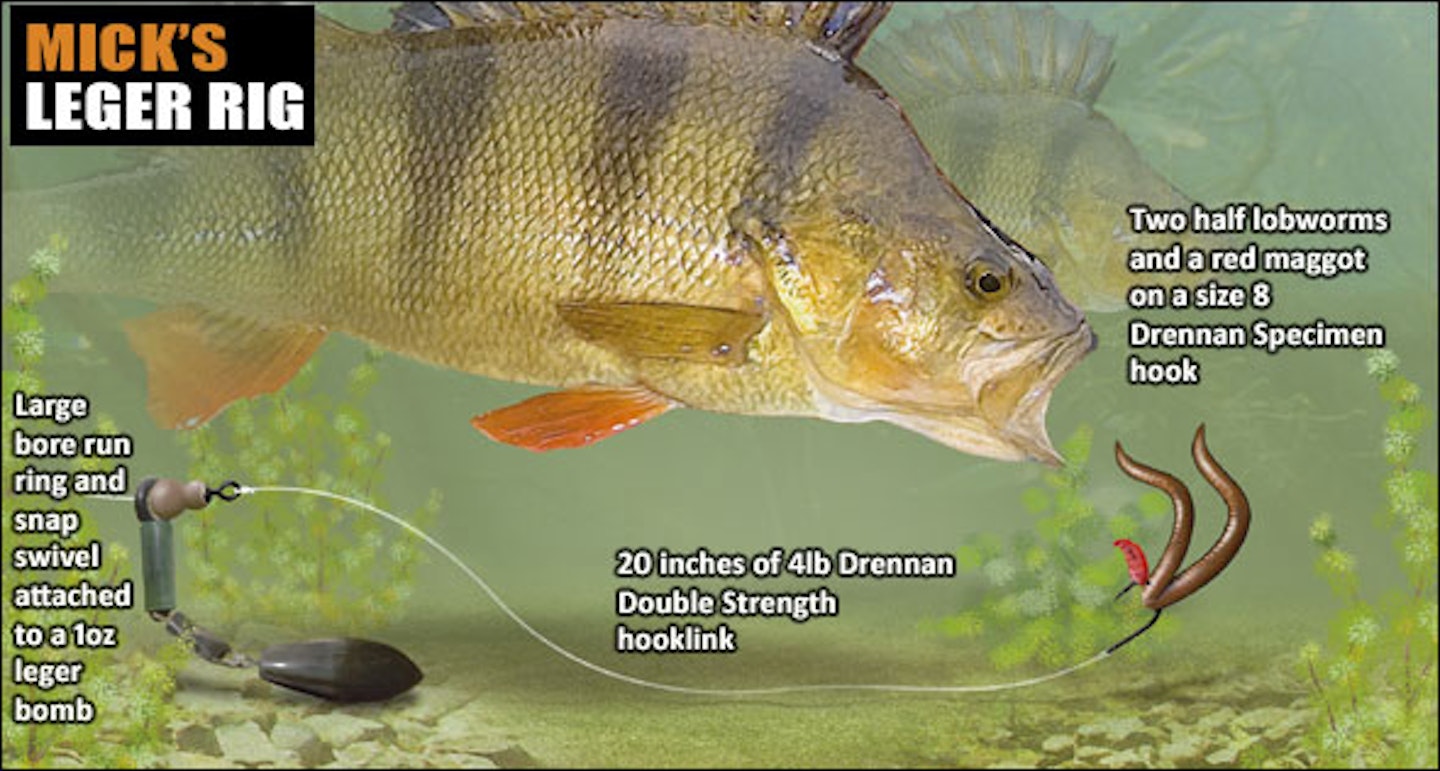
WHICH BAIT?
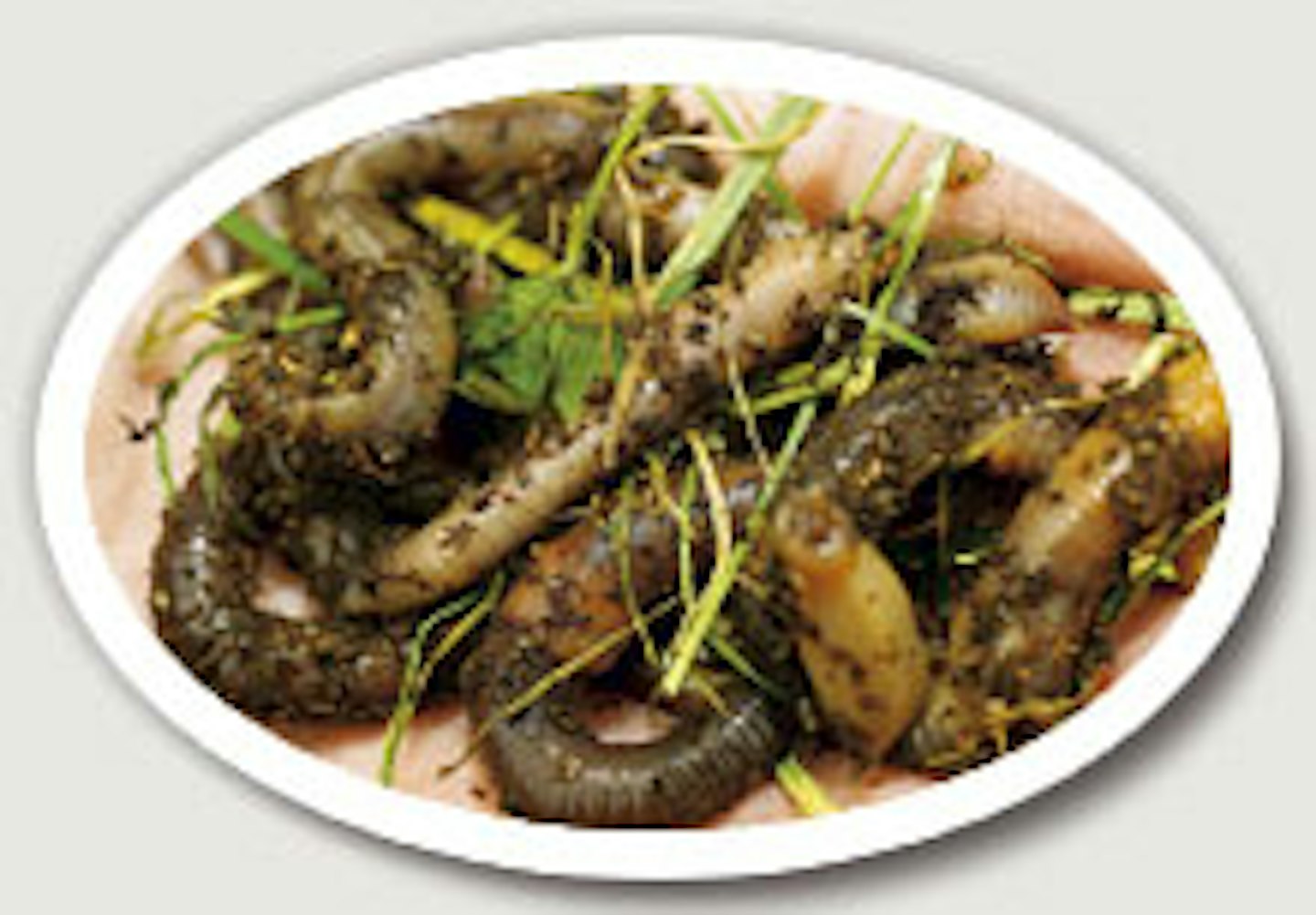
As we move from autumn to winter in the next few weeks, worms and livebaits both work well.
“I always use a halved worm, hooked at the broken end, as fish will home in on the scent.
“Don’t put more than two worms on the hook. Perch don’t mind a big bait, but worms can wriggle round and mask the hook,” Mick revealed.
Livebait wise, any small bait will do. A roach of around two or three inches is ideal.
“One bait that can be brilliant is a small perch,” said Mick. “Like pike, perch are highly cannibalistic. A small perch livebait often out fishes a roach 10 to 1.”
GET OUT THERE - NOW!
We are currently enjoying the golden age of perch fishing and with more commercial stillwaters reaching maturity, along with the perch that live in them, there’s never been a better time catch specimen perch.
With the last three British records all coming from small, intimate pools, they are a species that are enjoying a real renaissance, with more waters than ever capable of throwing up a monster.
Who knows, if you follow Mick’s advice it might be you adorning the front cover of Angling Times with a new record perch!
.jpg?ar=16%3A9&fit=crop&crop=top&auto=format&w=1440&q=80)